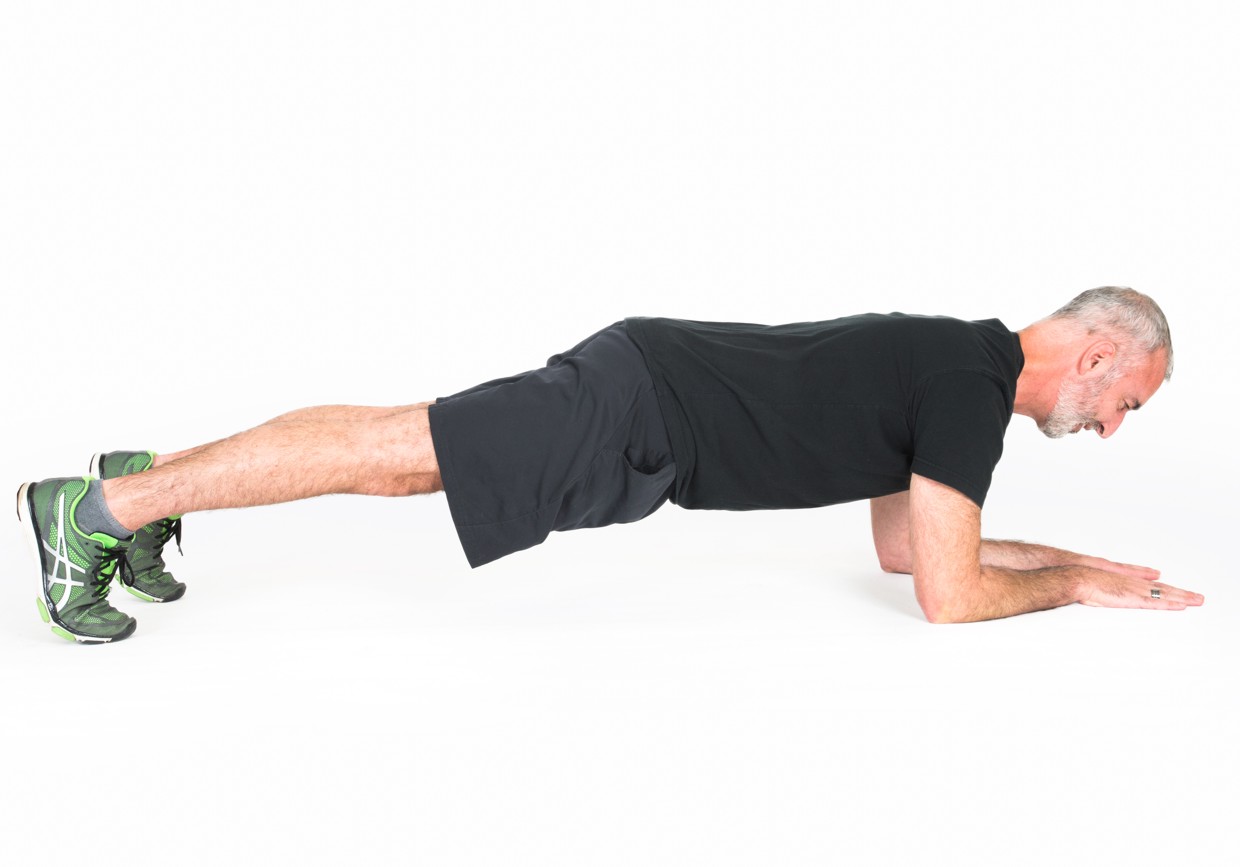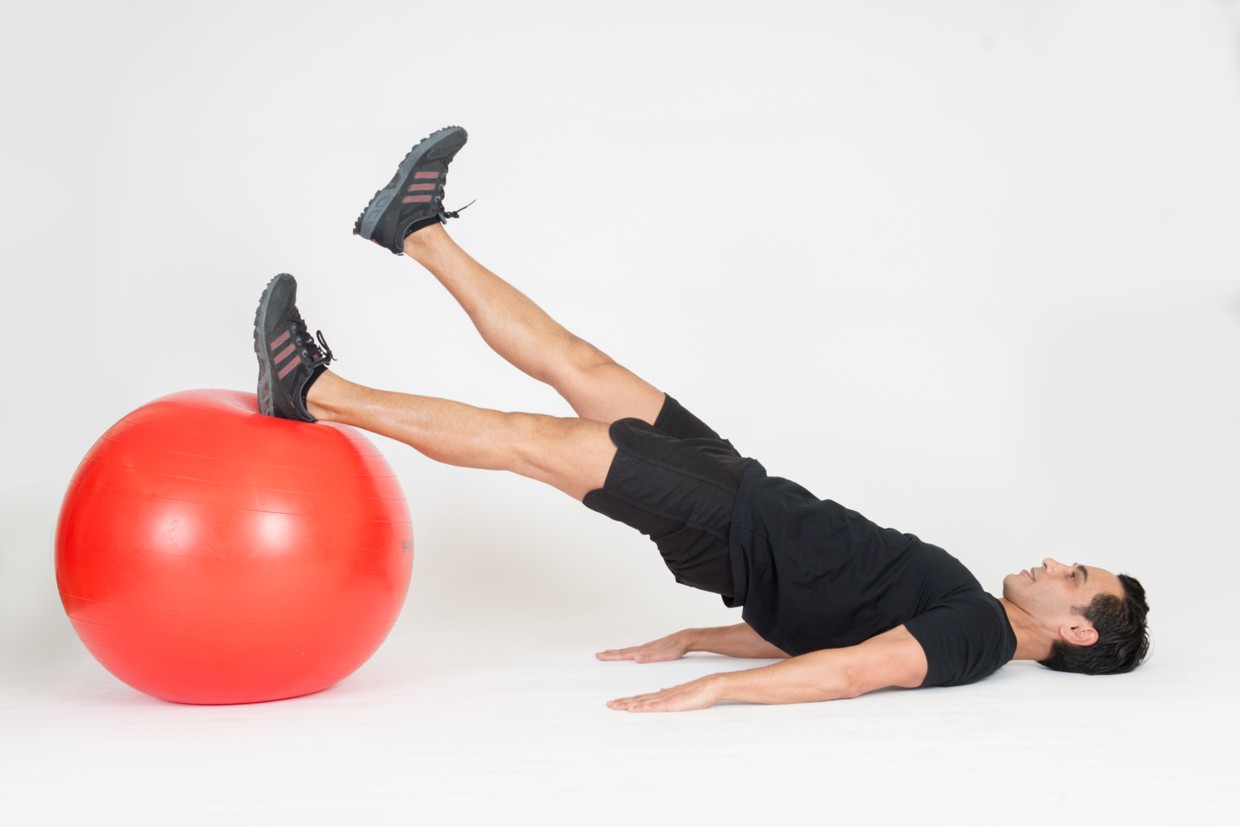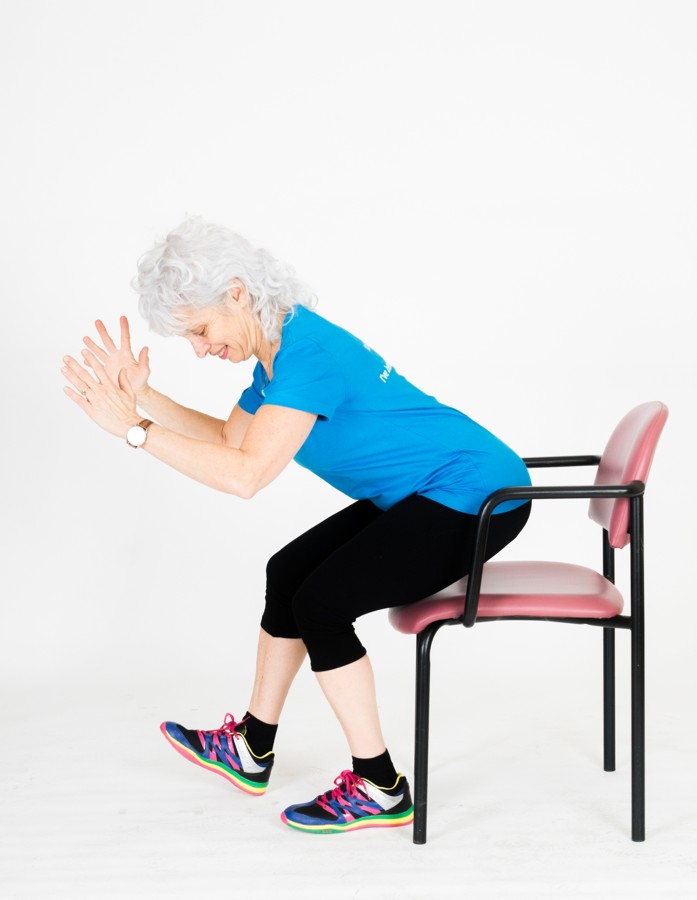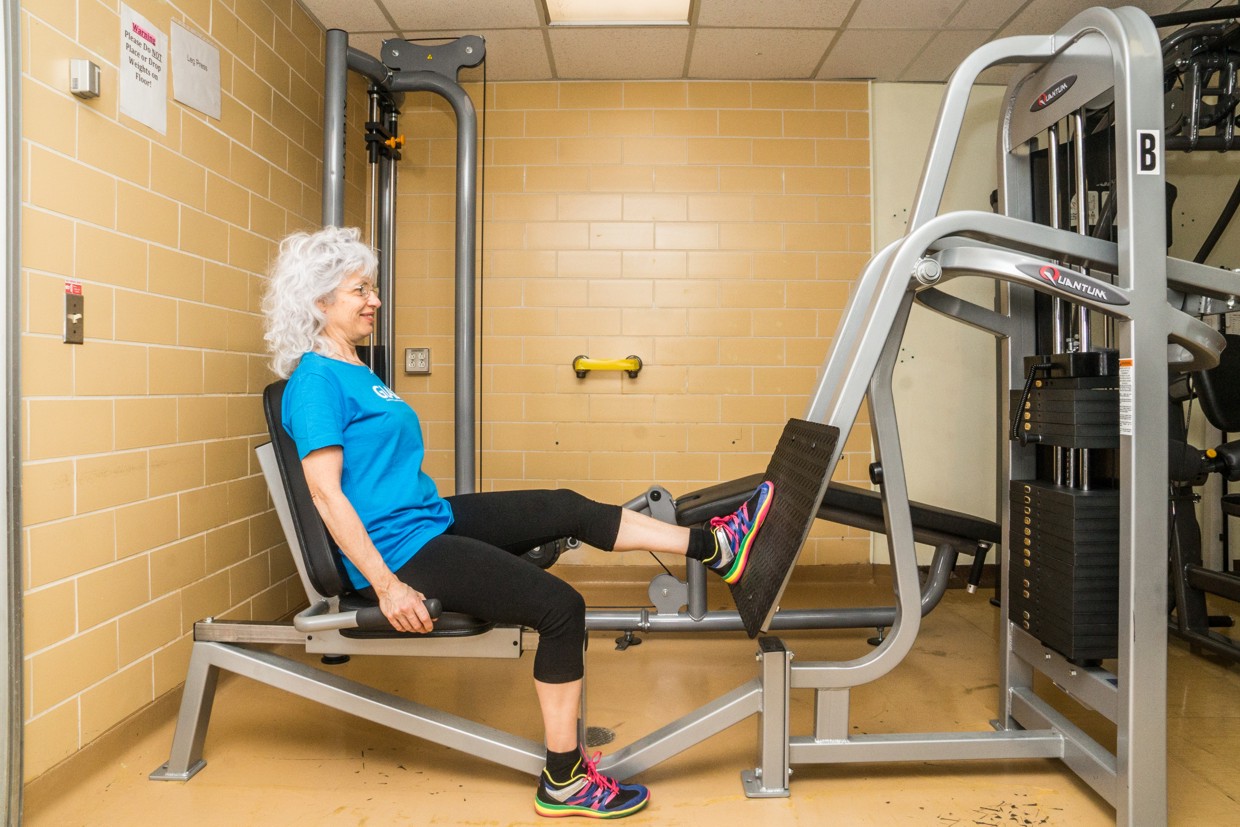- Home
- ABOUT
- OSTEOARTHRITIS
- PARTICIPANTS
- For Participants
- Why Choose GLA:D™ Canada
- How to participate in GLA:D™ Canada
- Feedback
- Learning About OA
- > Managing Hip and Knee Osteoarthritis Education Sessions: Registration Page
- FREE Nutrition Educational Sessions
- > Nutrition to Help Manage Osteoarthritis: Registration Page
- GLA:D Exercises
- Virtual GLA:D
- CLINICIANS
- LOCATIONS










